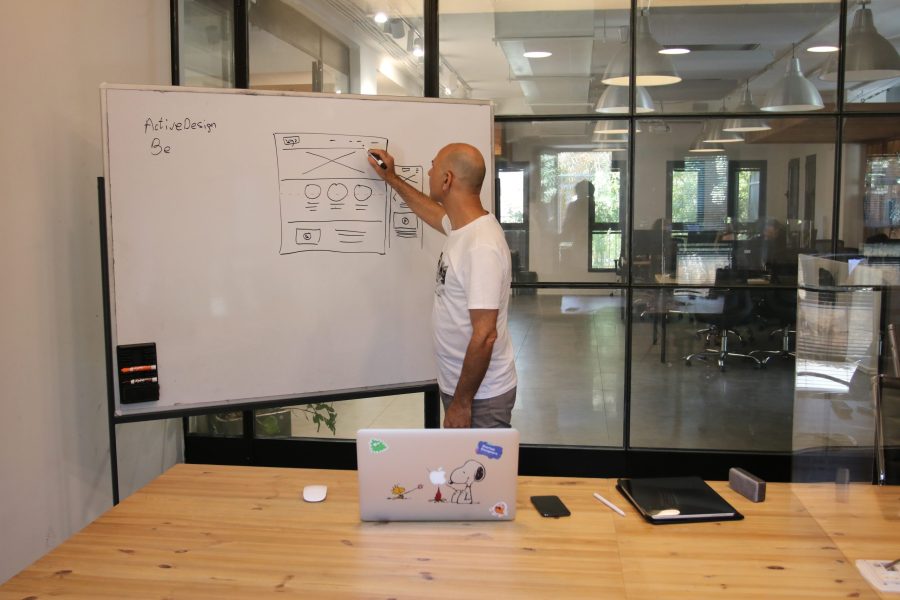As companies continue to shift their focus to online platforms, the demand for skilled UX/UI designers has grown exponentially. To meet this demand, a growing number of people are enrolling in UX/UI design courses to gain the skills and knowledge necessary to succeed in this field.
According to recent reports, there has been a surge in the number of people interested in learning UX/UI design, with enrollment in online courses increasing by over 50% in the past year alone. This trend is expected to continue as more businesses look to improve their online presence and user experience.

Many of these courses are designed for people with little to no design experience, making it possible for anyone to learn the fundamentals of UX/UI design. They typically cover topics such as user research, wireframing, prototyping, and user testing, among others.
User Research:
User research is the process of understanding the needs, behaviors, and preferences of the target users of a product or service. It involves gathering data and insights through various methods such as interviews, surveys, observations, and analytics. The goal is to gain a deep understanding of the users' goals, motivations, and pain points to inform the design process.
Wireframing:
Wireframing is the creation of low-fidelity, simplified visual representations of a user interface (UI). It focuses on the layout and structure of the interface without delving into detailed design elements. Wireframes are typically created using simple lines, boxes, and placeholders to depict different components and content. They serve as a blueprint for the design and help stakeholders visualize the overall structure and flow of the interface.
Prototyping:
Prototyping involves building interactive, high-fidelity representations of the user interface that simulate the intended functionality and user interactions. Prototypes can be created using various tools, ranging from simple paper sketches to digital mockups or even functional code. They allow designers to test and validate their ideas, gather feedback from users, and iterate on the design before investing in full-scale development.
User Testing:
User testing is the process of evaluating a product or interface with real users to gather feedback and insights on its usability and user experience. It involves observing users as they interact with the product, collecting their feedback, and identifying areas of improvement. User testing can be conducted through methods like moderated interviews, usability testing, A/B testing, or remote testing. The findings from user testing help designers identify usability issues, validate design decisions, and make informed refinements to enhance the user experience.
These topics are interconnected and crucial for creating user-centered designs that meet the needs and expectations of the target audience. By conducting user research, creating wireframes, building prototypes, and conducting user testing, UX designers can iterate and refine their designs to ensure a better user experience.
One popular option is the online UX/UI Design course offered by a leading design school, which provides students with the opportunity to learn from experienced instructors and work on real-world projects. The course has received high praise from students, who have credited it with helping them land UX/UI design jobs and advance their careers.
As the demand for digital skills continues to grow, taking a UX/UI design course can be a valuable investment for anyone looking to break into this field or advance their career in the digital space.


